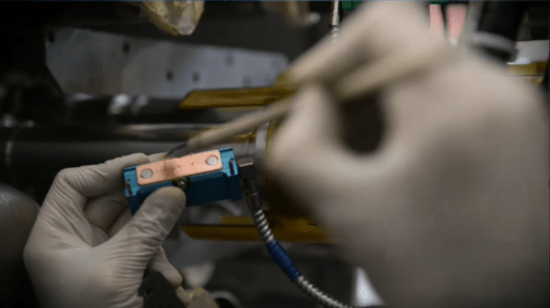Handy Video Explains Why the Large Hadron Collider Shut Down, Shows the Repairs Being Made
The Large Hadron Collider shut down last month for what is expected to be a two year period of upgrades and repair. Since the field of particle physics and the giant machines used to study it can be pretty complex, CERN released a short video explaining part of what will be going on in the LHC’s downtime. Turns out that even though the LHC won’t be operating, it’s going to be a very busy place.
So what repairs will be going on at the LHC while it’s not running, and why are the repairs necessary in the first place? Jean-Phillipe Tock of CERN’s TE department explains part of it:
As you can see at the beginning of the video, the process outlined in the is one step in a larger consolidation effort.
Here is a chart explaining the process as a whole:
It also resulted in the the team at CERN running the LHC below its designed limitations for the first three years it’s been operating. After the shutdown is over in 2015, they’re expected to ramp things up to full power and really get in there and smash some stuff together.
To repair all 10,000 superconducting connections between magnets, or “splices,” in the LHC over the planned year and a half for this particular repair means a new connection is soldered every three minutes. That’s a lot of soldering. The new connection is provided via a “shunt,” which is an additional piece to the splice that allows for an alternative path. 27,000 of these shunts are going to be applied across the entire 27 kilometer accelerator.
We’re all pretty impatient to see the LHC up and running again, right? Right. But it’s going to be worth it to have it shut down for a while if it means getting things up to full speed in 2015. Who knows, maybe they’ll get bold and crank that thing up to 11.
(via CERN)
- Earlier this month CERN said the new particle looked more like the Higgs Boson
- Then they said they were almost definitely for really real sure it was the Higgs
- Turns out the Higgs could help scientists calculate the end of the Universe
Have a tip we should know? tips@themarysue.com
